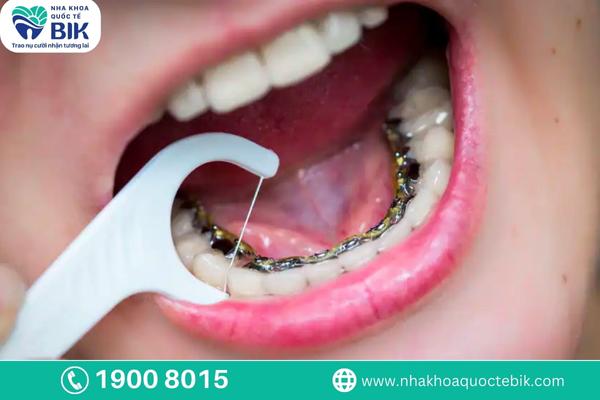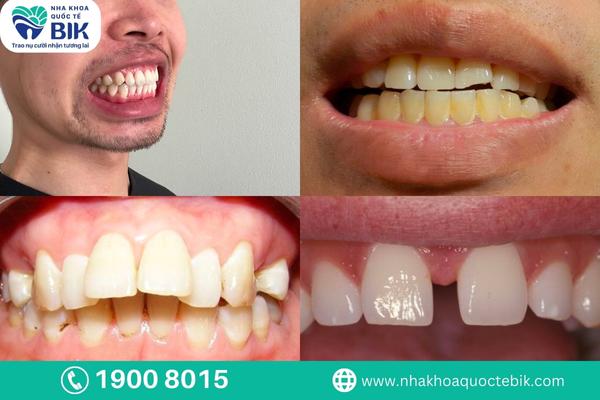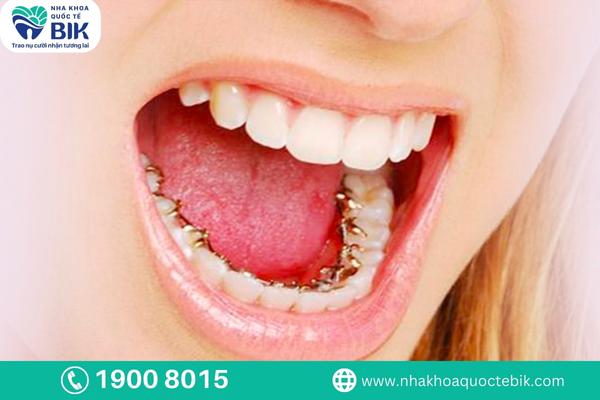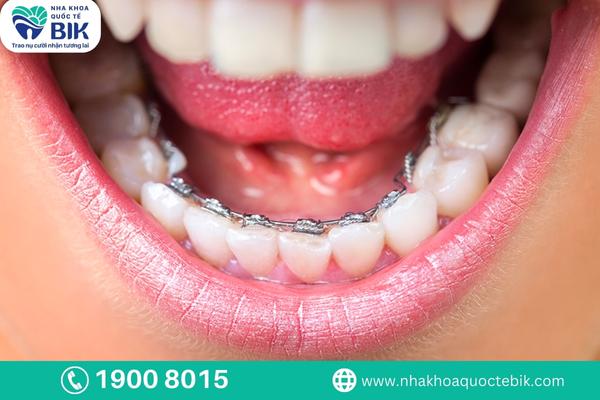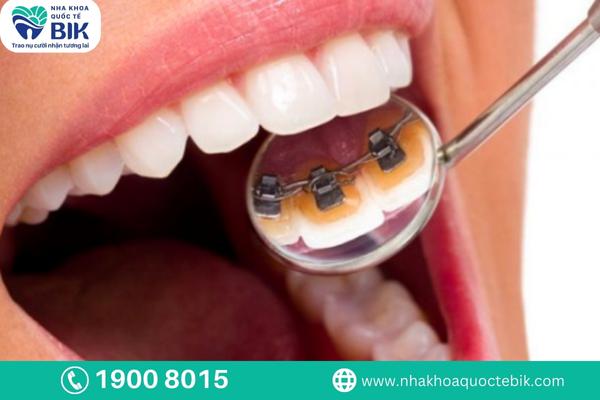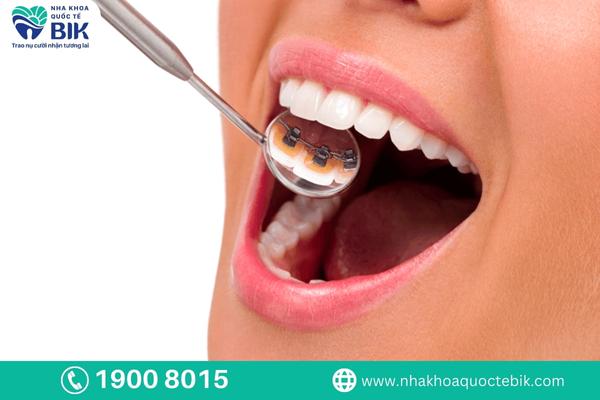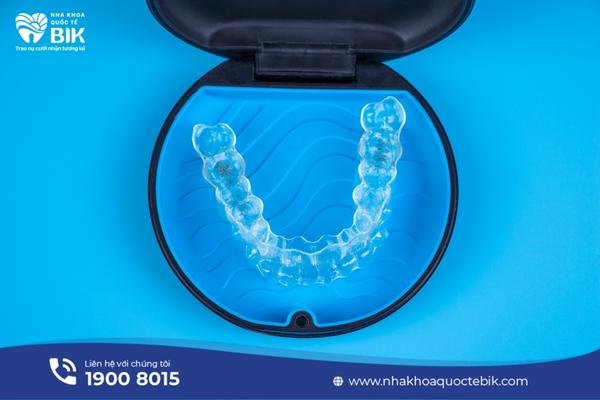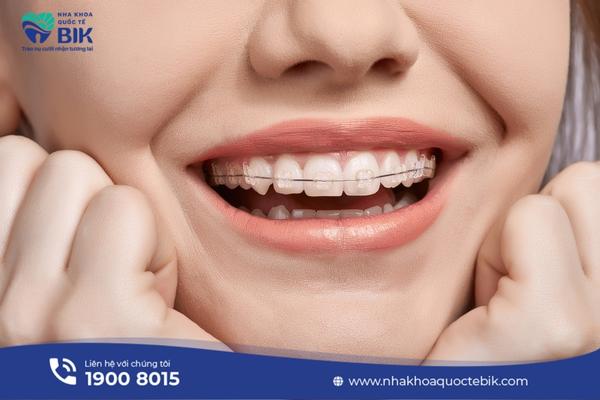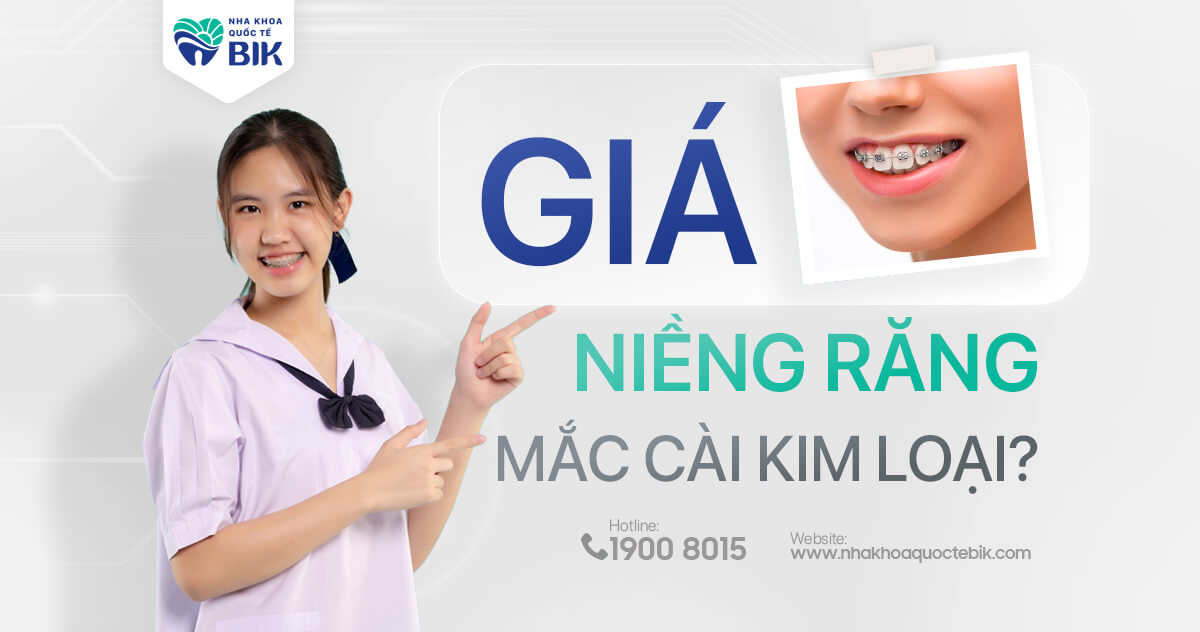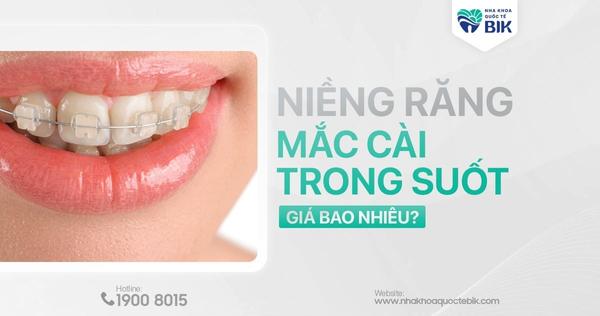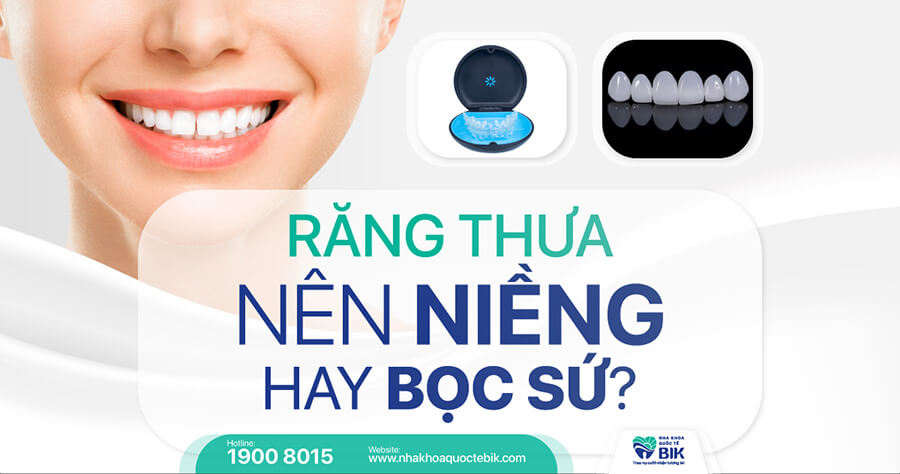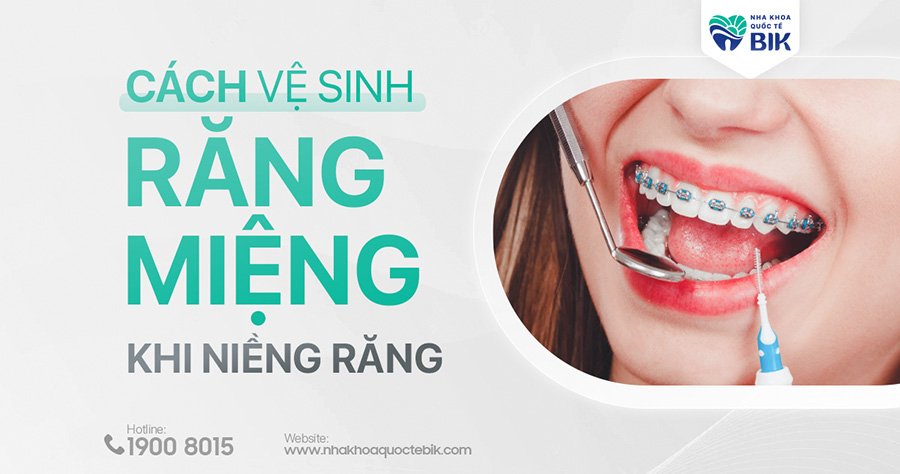
With the increasing demand for aesthetics, lingual braces were born to help customers feel confident with their smiles even when wearing braces. With this method of lingual braces, the orthodontic appliance will be attached to the inside of the teeth, so it can both bring maximum orthodontic efficiency and ensure aesthetics throughout the treatment process.
1. What are lingual braces?
Lingual braces, also known as lingual braces, are an orthodontic method that uses a traditional system of archwires and brackets to create a pushing force to help teeth move to the desired position. The operating mechanism is similar to traditional metal braces, but the difference is that the orthodontic appliance in this method will be fixed inside the teeth, opposite the tongue.
The lingual braces method was born to ensure aesthetics during the braces process and must be performed by a highly qualified doctor. At the same time, dental clinics providing lingual braces must be equipped with modern machinery to support the orthodontic process to take place accurately and safely.
2. In which cases can lingual braces be chosen?
Lingual braces can be indicated in the following cases:
2.1. Correcting buck teeth
Buck teeth are known as a condition in which the upper jaw protrudes more than normal, leading to a misaligned bite and affecting chewing function. In some severe cases of buck teeth, the mouth cannot be closed.
2.2. Correcting buck teeth
Buck teeth are also a type of misaligned bite, in which the lower jaw will cover the upper jaw. This can cause the face to become unbalanced and the chewing process is also difficult.
2.3. Gap teeth correction
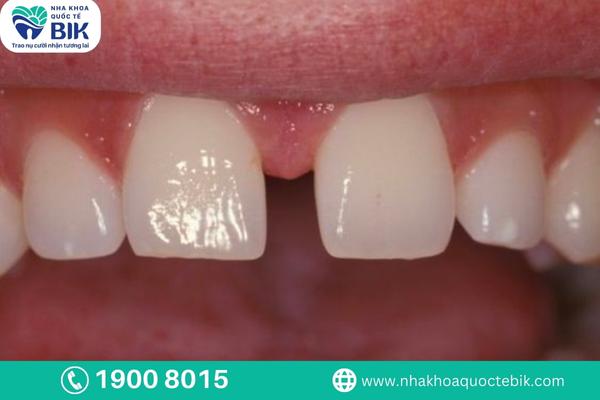
Gap teeth is a condition in which the teeth grow far apart on the jaw, creating a gap in between. The cause of gap teeth can be congenital tooth loss, teeth growing in the wrong position or wide jaw bone size. The gaps between teeth not only cause loss of aesthetics but also make it easy for food particles to get stuck, making oral hygiene difficult.
2.4. Correcting crooked teeth
Crossed teeth is a condition in which the teeth grow crowded, pushed out or pushed in on the jaw. This makes the smile less aesthetically pleasing and makes eating and drinking difficult. Not only that, the tooth surface will now be a very favorable environment for bacteria to grow and develop from food plaque that is not cleaned. Over time, they will attack and cause many other oral diseases. Many dental misalignments that are not treated promptly for a long time will lead to temporomandibular joint inflammation.
3. Advantages of lingual braces
Lingual braces have the following outstanding advantages:
3.1. High aesthetics
Because the archwire and bracket system is attached to the inside of the teeth, it is difficult for others to detect even when smiling or communicating. This helps customers to be confident in all daily activities, proactively bringing many opportunities for themselves in work and life.
3.2. Ensuring orthodontic effectiveness
With a similar operating mechanism to traditional external braces, lingual braces can still ensure maximum orthodontic effectiveness, completely overcoming the condition of protruding, receding, misaligned teeth,… from mild to severe.
4. Limitations when performing lingual braces
Lingual braces will also have the following limitations:
4.1. Difficulty cleaning teeth
The archwire and bracket system is attached to the inside, making oral hygiene difficult. Customers need to spend more time cleaning food debris stuck around the brackets between the teeth.
4.2. Discomfort
Orthodontic appliances are attached to the inside of the teeth, so customers may feel uncomfortable and uncomfortable at first. In addition, the tongue can accidentally collide with the braces during communication and chewing, causing pain. At this time, customers can use dental wax to apply to areas that are often collided to limit damage or pain.
4.3. The cost of braces is quite high
Overcoming the problem of poor aesthetics when performing braces – orthodontics, at the same time requiring high techniques to perform, lingual braces have a relatively high cost compared to traditional braces.
5. How much does it cost to have lingual braces?
The price of lingual braces ranges from 85,000,000 – 115,000,000 VND/ 1 course and also depends on the following factors:
5.1. Oral health
In addition to the degree of misalignment of the teeth that need braces, oral health will also affect the cost of lingual braces. Some oral diseases such as periodontitis, tooth decay, pulpitis, gingivitis, etc. need to be thoroughly treated before braces are applied. This will prolong the time of braces and make the cost of lingual braces higher than usual.
5.2. Age of braces
The earlier the braces are applied, the more effective the braces will be and the treatment time can be shortened. Thanks to that, it is possible to optimize the cost of orthodontics effectively compared to those who have braces when they are older.
5.3. Dental facility
Dental facilities providing lingual braces services need to be fully equipped with the necessary technology and machinery to support the orthodontic process to take place quickly, conveniently and more accurately. In addition, the dental clinic needs to have a team of doctors with high skills and expertise to ensure the desired orthodontic results. Meeting all of the above factors, the cost of braces at reputable, quality dental clinics will certainly be a little higher, but in return, customers will be completely assured when using the services here.
6. Some notes when performing lingual braces
When deciding to choose lingual braces, customers should note the following issues:
It is necessary to choose to perform lingual braces at a reputable dental address, equipped with modern braces technology and possessing a team of highly skilled doctors.
Brush your teeth at least 3 times a day, each time for at least 2 minutes. Use interdental brushes, dental floss, water flossers, etc. to ensure that your teeth are completely cleaned.
Avoid sticky, tough foods that can easily get stuck between your teeth, making cleaning difficult. Increase your vitamin C intake to support healthy teeth.
Use dental wax to apply to the braces to protect your tongue from injury and reduce the feeling of entanglement and discomfort.
Regular check-ups every 2-4 weeks to check your orthodontic progress.
So, lingual braces are an orthodontic method with a system of archwires and braces attached to the inside of the teeth to ensure aesthetics during treatment. This is a technique that needs to be performed by a highly skilled and qualified doctor to achieve the best results. Therefore, when wanting to have lingual braces, customers should find a reputable and quality dental facility to ensure safety.

